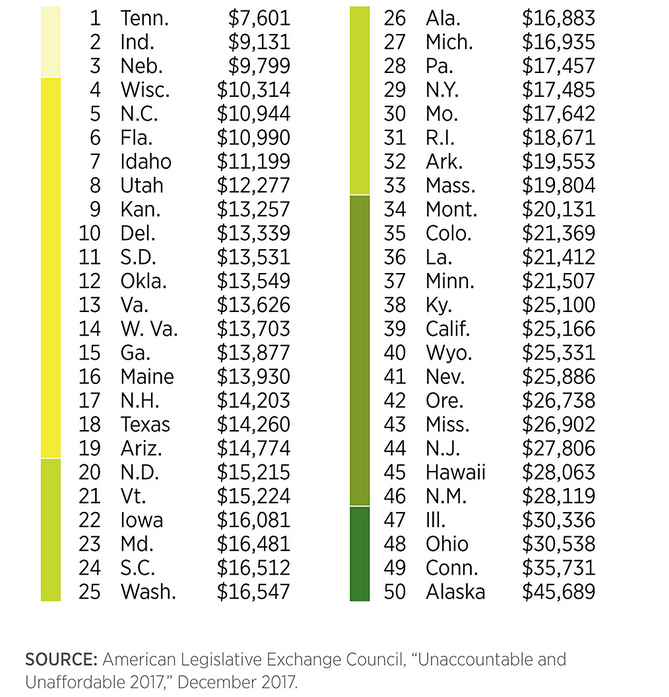The American Spectator posted an article today about the ongoing legal case of General Flynn. As you know, General Flynn’s new lawyer, Sidney Powell, is the author of the book Licensed to Lie, which details government abuses in cases against Enron and Ted Stevens among others. Ms. Powell has a very clear understanding of prosecutorial misconduct and how to deal with it.
The article at The American Spectator details a case in which a policeman charged with rape was able to get the charges dropped by shedding light on the actions of the prosecutors regarding the witnesses. The article refers to this as ‘graymail’ and suggests that this tactic will be used by Ms. Powell to defend General Flynn.
The article reports:
As you may recall, there are many disturbing questions surrounding the federal government’s investigation, arrest, and prosecution of Flynn. Although he has pled guilty to a flimsy and corruptly contrived charge of lying to the FBI, that plea came about after he had — according to media reports — bankrupted himself by paying $4 million in legal fees to the Washington law firm that represented him prior to Powell. In short, it appears that Flynn pled guilty because he couldn’t afford any more justice.
In addition to the law firm’s impressive professional achievement of turning a mere guilty plea proceeding into a reported $4 million payday, the known facts and circumstances surrounding the Flynn case are equally remarkable. We know that the charges arise out of an ambush interview orchestrated by former FBI Director James Comey and Deputy Director Andrew McCabe regarding contacts that Flynn, the incoming Trump administration’s National Security Adviser, had with Russian Ambassador Sergei Kislyak. According to Powell’s thorough, broadly worded, and aggressive discovery motion, recently produced (and previously withheld) government documents disclosed that “Flynn passed his polygraph test in 2016 and his security clearance was renewed. This was at the same time the FBI seems to have been investigating him under the pretext that he was an ‘agent of Russia’ and/or of Turkey. Interestingly, the new production also shows that [former Director of National Intelligence] James Clapper refused to assist in the investigation for Mr. Flynn’s security clearance, which Mr. Flynn received after a full investigation despite Mr. Clapper’s actions.” In addition, at the bar of the Court, Powell advised U.S. District Judge Emmet Sullivan that the recently disclosed documents showed the government had concluded that Flynn was neither a Russian nor a Turkish agent.
The article notes:
So why and how was Flynn targeted for destruction by the FBI and Justice Department? Powell’s discovery motion seeks answers to these questions by demanding the production of evidence exposing the links between the investigation and prosecution of Flynn to the Obama administration’s efforts to target, spy on, and frame Donald Trump.
The article goes on to list the documents requested.
The article concludes:
Moreover, if Judge Sullivan grants the defense even partial relief, the prosecutors will then be faced with a bitter choice, to wit:
(a) They can produce the damning evidence of the government’s corrupt activities in order to continue the prosecution of their ludicrous and petty false statements case against Flynn. Or (b) the prosecutors can do the smart thing by dropping the charges and quietly disappearing into the witness protection program.
If the prosecutors want my advice, in the event Judge Sullivan grants any part of Powell’s lethal motion, they should pick option (b) and ask the U.S. Marshal’s Service to relocate them to Arizona. I hear it’s nice there in the winter, and retirees can live comfortably on even a modest government pension.
I really like Plan B.








